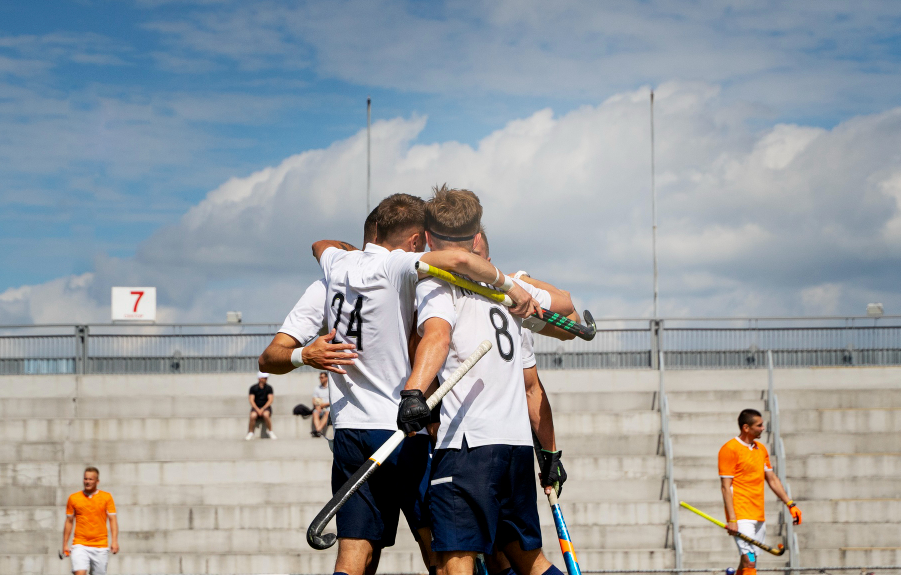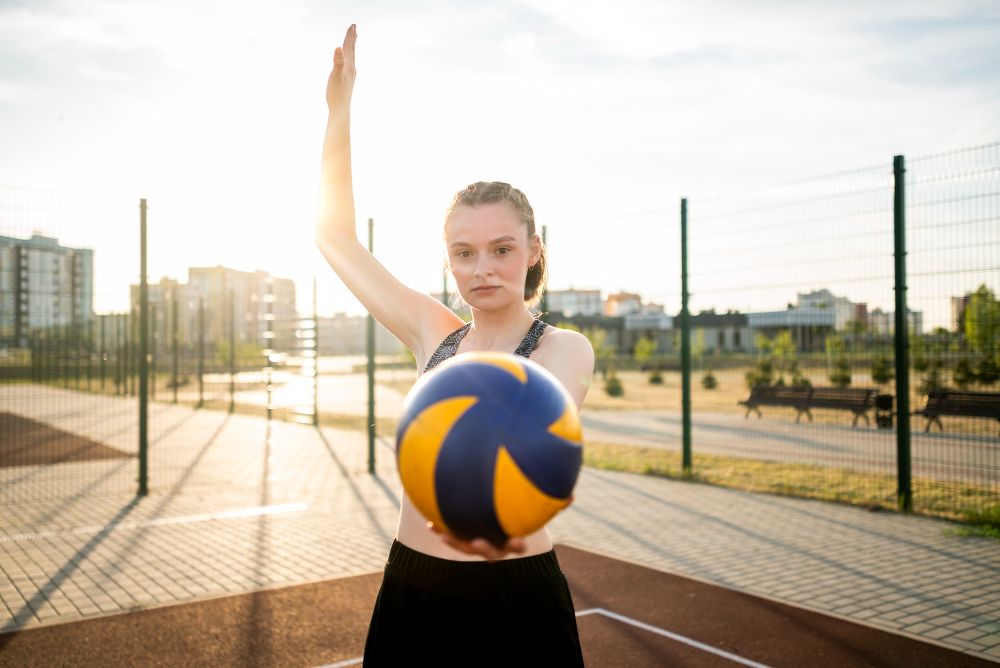The preparation of a roller hockey player today requires much more than good individual technique or a powerful shot. Modern play is defined by quick decision-making, the ability to adapt to different match contexts, and understanding the tactical moments that can change the course of a game. Within this framework, offensive transition has become one of the most decisive phases.
A high-performance roller hockey camp is the ideal setting to work on this aspect in the depth it requires, as it combines methodology, resources, and a comprehensive approach rarely achieved in routine club training sessions.
The Importance of Offensive Transition
Offensive transition is that fleeting moment that occurs immediately after regaining possession. The team must switch from a defensive mindset to an offensive one in just a few seconds. It’s not just about running toward the attack, but identifying numerical advantages, occupying the right spaces, and executing with precision.
In youth categories, it is often a neglected phase, but at a high level, it makes the difference between winning and losing. Teams that master this dynamic can dismantle entire defenses before they get organized. For this reason, a high-performance roller hockey camp dedicates specific sessions to training the reading and execution of this phase of the game.
How Offensive Transition Is Trained in a High-Performance Roller Hockey Camp
A specialized camp does not limit itself to isolated technical drills; instead, it integrates offensive transition into real match contexts. The training is organized into blocks that cover different dimensions:
- Reaction speed:the player learns to recognize the exact moment when a recovery becomes a counterattack opportunity.
- Collective timing:movement patterns of two or more players are trained so that the offensive break is coordinated.
- Decision-making under pressure:transition requires mental clarity in split seconds, reinforced through drills that simulate opponent pressure.
- Quick finishing:a counterattack without a shot does not pose real danger. At the camp, emphasis is placed on the effectiveness of the final action.
These elements, trained together, allow young players to understand offensive transition as a process rather than an isolated action.
Physical Preparation in a High-Performance Roller Hockey Camp
The physical component is one of the foundations that support success in offensive transition. The ability to sprint repeatedly during a match while maintaining technical precision is an indispensable quality in modern hockey.
In a high-level camp, physical preparation is carried out with specific methods: anaerobic endurance training, explosive strength exercises, and on-rink circuits designed to simulate the real demands of the game. The goal is for players to chain several high-intensity actions without losing freshness or quality.
This preparation is complemented by the “invisible work”: recovery, nutrition, and injury prevention. All of this is part of the comprehensive approach that characterizes an advanced training program.

Competitive Mindset and Concentration in Offensive Transition
Offensive transition also requires a highly developed mental component. Players who excel in this phase are those who remain alert even during seemingly calm moments. They are ready to react to any opponent turnover and convert it into an immediate opportunity.
At a high-performance roller hockey camp, this alert mindset is trained through drills that demand constant focus. Possession exercises with sudden role changes, end-of-game simulations, or internal competitions rewarding reaction speed are common resources. The goal is clear: to develop players who not only know how to execute, but also how to anticipate.
Specific Drills Applied in a High-Performance Camp
Although each camp adapts its methods to the players’ profiles, there are certain drills that are repeated due to their effectiveness:
- Possession games in which, after recovering the ball, players have a limited number of seconds to attack.
- Numerical superiority simulations that replicate situations frequently occurring during transitions.
- Counterattack sequences with timed execution, forcing players to act at maximum speed.
- Drills under accumulated fatigue, designed so that players think and act under the tiredness of a real match.
These types of dynamics consolidate the automatisms necessary for players to react naturally during competition.
The Influence of Offensive Transition in Professional Hockey
Observing international competitions makes it clear that offensive transition is one of the most decisive resources. National teams such as Spain, Portugal, or Italy have elevated this phase to an extremely high level of precision, where a simple steal in mid-court can turn into a goal within seconds.
Top clubs have understood this as well. Their training incorporates transition as an essential part of weekly preparation, not as an occasional resource. Therefore, players arriving at these structures from a high-performance camp already have a competitive advantage: they master a phase of the game that is becoming increasingly decisive.
The Impact of a High-Performance Roller Hockey Camp on Player Development
Learning offensive transition within a camp is not limited to the short term. Players who train this phase develop skills that transfer across the entire game: peripheral vision, quick decision-making, anticipation ability, and greater tactical understanding.
At our Roller Hockey Training Camp , players grow holistically and work on aspects that truly define the modern game. In other words, they not only improve in counterattacks but also become more complete athletes. The camp acts as a talent accelerator, preparing young players to compete in highly demanding environments.
Conclusion
Training offensive transition in a high-performance roller hockey camp summarizes what modern hockey requires: speed, tactical intelligence, physical preparation, and a competitive mindset. It is a phase that cannot be improvised and, when mastered, makes a difference at any level.





